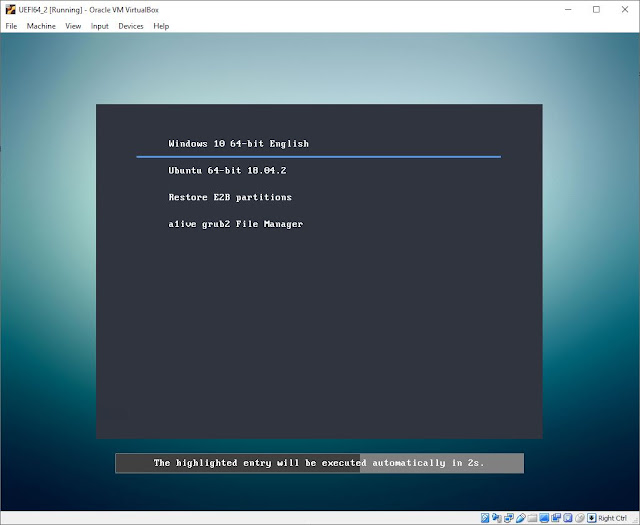The good thing about Kon-Boot is that is does not change any files on the target system disk - it is all done in memory.
However, the
Note: later versions now have no 16gb restriction after I asked them to remove the restriction 😉
Since Kon-Boot v2.7 one purchased license allows user to install on one and only one selected USB pendrive. Meaning the newest version will be installed only on this one selected USB pendrive (newest Kon-Boot files will be generated only for this device and they will not be visible in the installation package). For usability purposes, older versions of Kon-Boot will be allowed to be installed on a separate USB pendrive.
In short the BIOS part version can be older, the UEFI kon-boot part gets updated and locked to the USB drive on installation.
Kon-Boot does not, per se, support Secure Boot...
However, we can make a E2B+agFM USB Flash drive which can Secure Boot and break into Windows without needing a user password (as long as they don't use a Domain account and have USB Booting enabled in the BIOS settings).
I have included full details of how to make a Secure Boot version of Kon-Boot on an E2B+agFM USB drive in version 1.4 of eBook #4. So just use your confirmation email link to download the new version of the PDF.
Tip: You know it has worked if it takes 1-2 minutes to boot to Windows after this message!
If it boots very quickly then it hasn't worked (check there were no error messages displayed).
If you get a red 'Guru meditation' text screen, then you are not using the correct USB drive that you originally licensed - see FAQ.
P.S. I find that using a hacked Windows system can sometimes cause security issues with some apps and browsers, etc. So whether I use Kon-Boot or the UtilMan XML hack in Easy2Boot, once I get into Windows the first thing I do is make a new Admin account and then reboot (and undo any hack if required). I then have full admin access on an unhacked (unmodified) Windows system. The new Admin account can be removed after I have finished fixing the system or retrieving files, etc.























